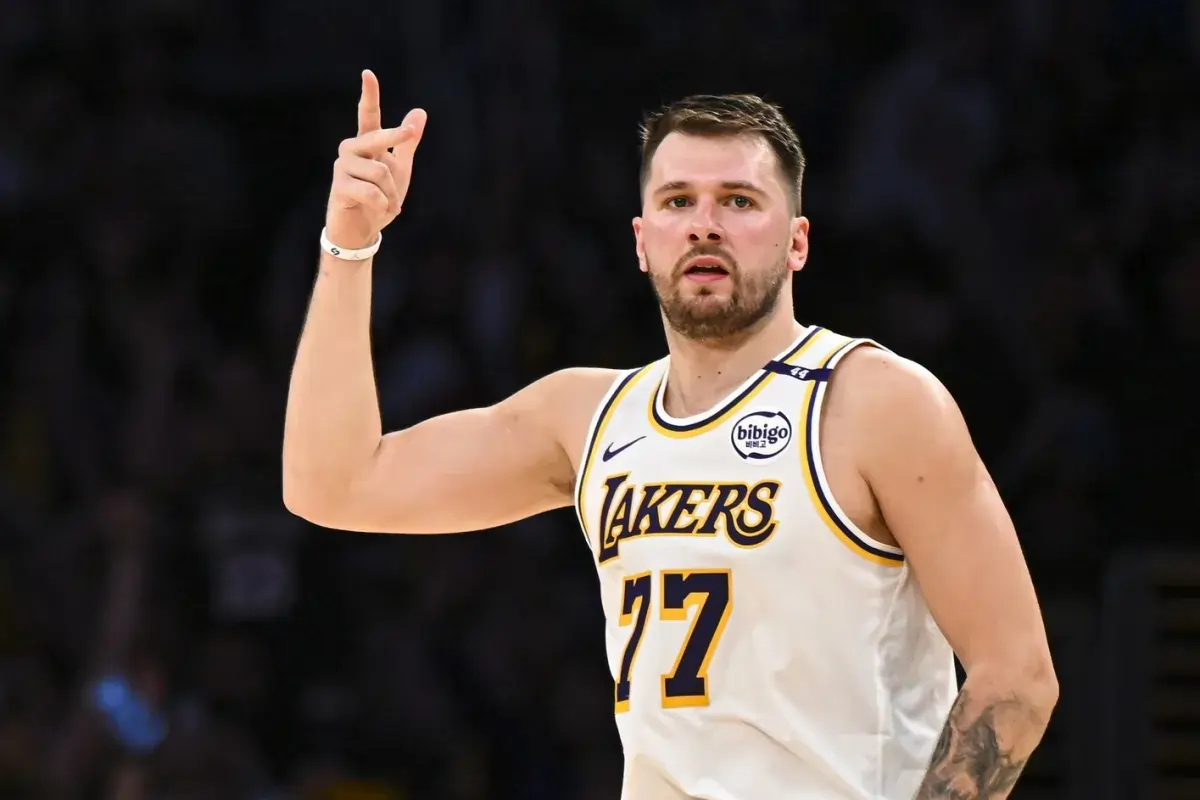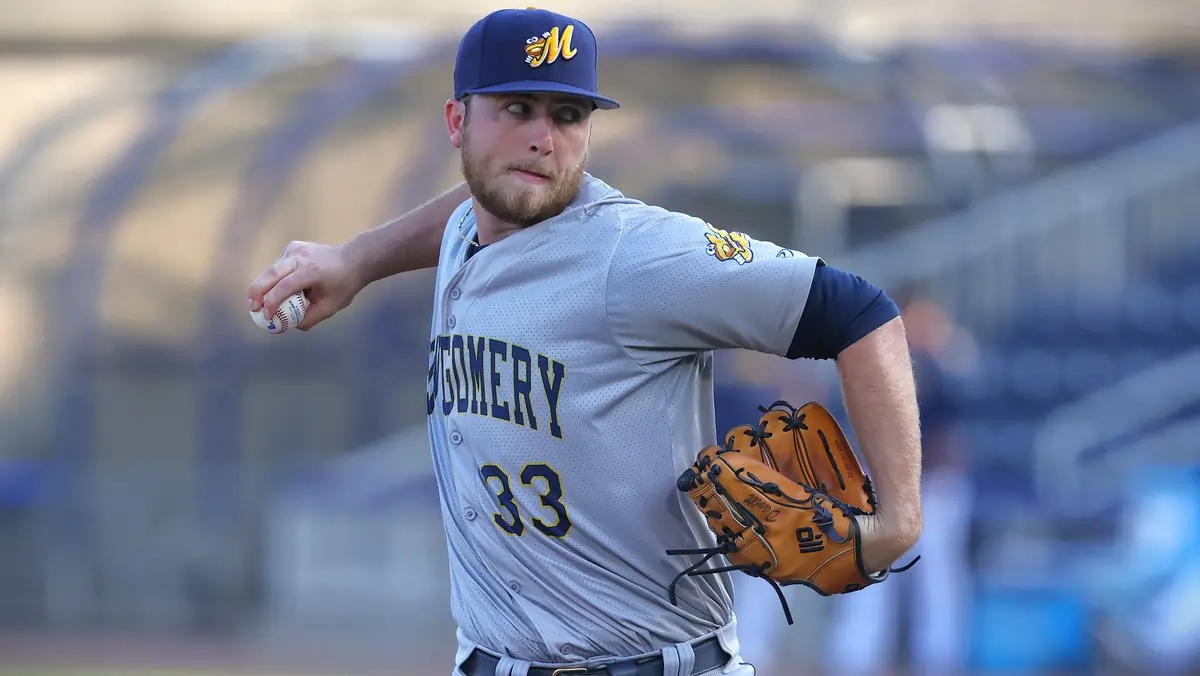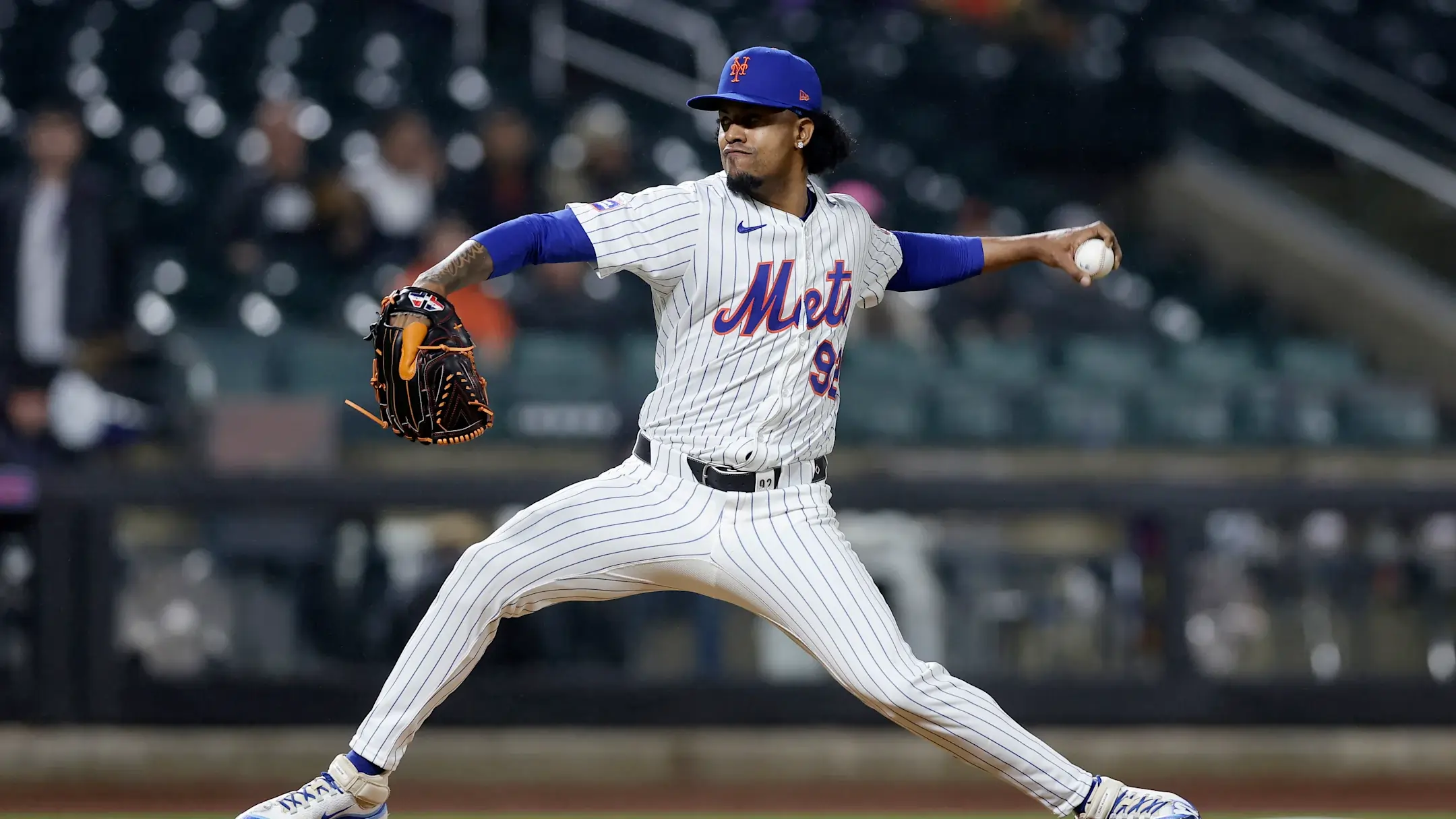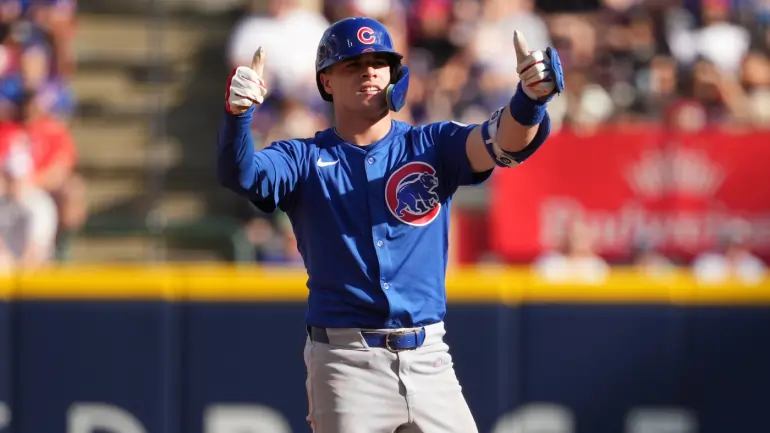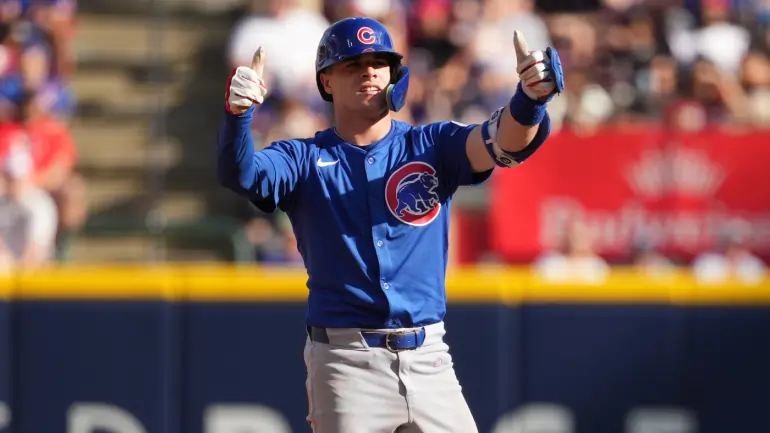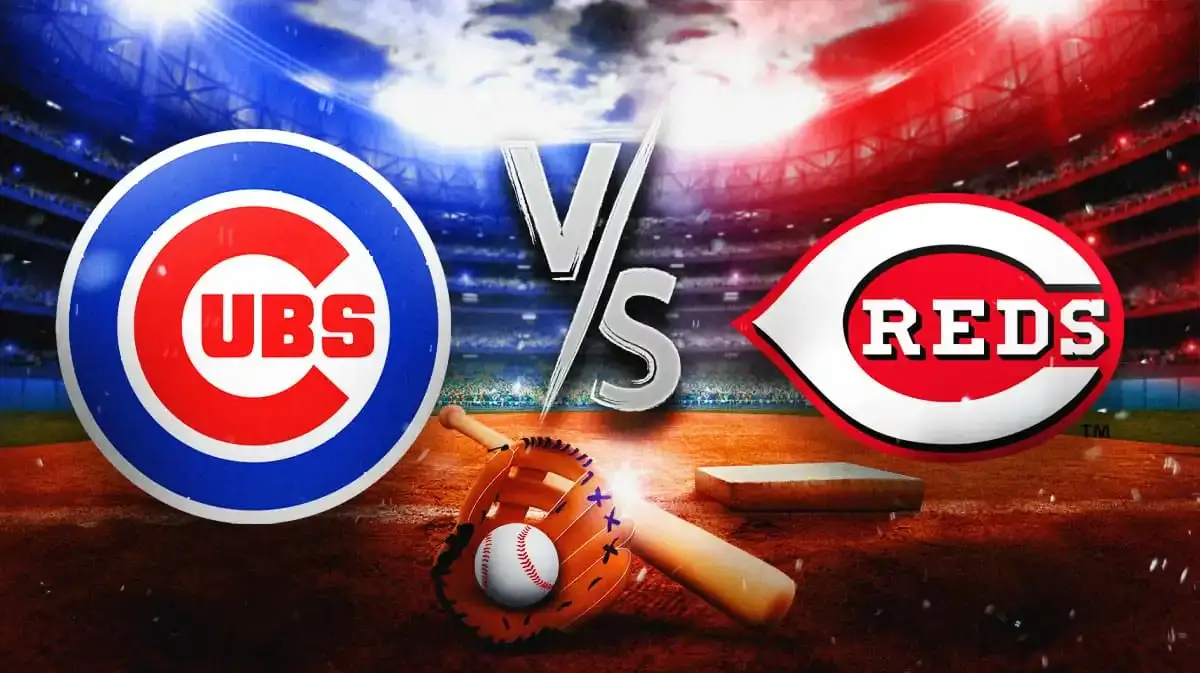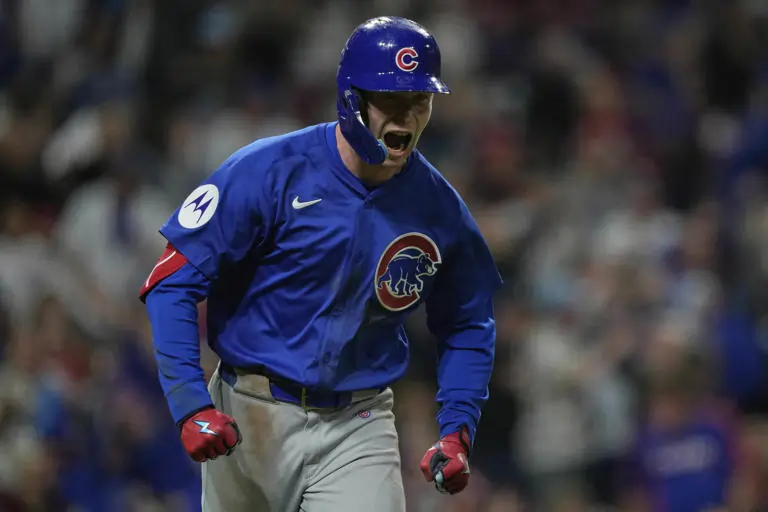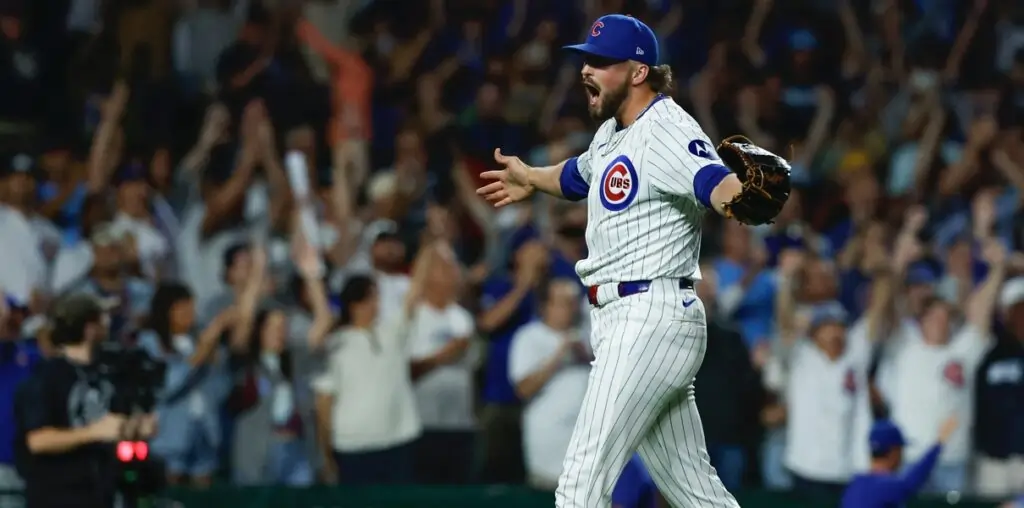Every NBA draft class Luka Doncic vs Zach LaVine has its stars and its stumbles. But few decisions have aged as differently as the one between Luka Dončić and Zach LaVine. One became an instant franchise cornerstone; the other became a talented scorer stuck on underachieving teams.
Let’s take a closer look at how these two players stack up — not just by stats, but by impact, leadership, and long-term value.
The Draft That Changed Two Franchises
Back in 2018, the Chicago Bulls had a golden chance to land a generational talent when they held the 7th overall pick. Luka Dončić was still on the board, a European phenom who had already proven himself with Real Madrid. But instead of taking him, the Bulls went with Wendell Carter Jr., later trading up to grab Coby White and eventually sticking with Zach LaVine as their lead guard.
At the time, Luka was seen as a risk — playing overseas, no college experience, questions about his defense. Meanwhile, LaVine was already in the league, known for his athleticism and scoring ability. He had even won the dunk contest twice.
But hindsight is always 20/20, and in this case, it’s painfully clear which player turned out to be the better investment.
Luka Doncic: A Star from Day One
From the moment he stepped foot in Dallas, Luka looked like he belonged — and then some. He dropped 10+ points, 5+ rebounds, and 5+ assists in his first five games. By season’s end, he was Rookie of the Year.
Now, nearly seven seasons in, Dončić is a five-time All-Star, five-time All-NBA selection, and one of the most dominant players in the game. His stat line? A ridiculous 28.6 points, 8.6 rebounds, and 8.2 assists per game over his career.
He led the Mavericks to the Western Conference Finals in 2022 and even took them to the NBA Finals in 2024 before being shockingly traded to the Los Angeles Lakers.
The trade came after tensions grew between Dončić and the Mavericks’ front office. But even then, many teams — including the Bulls — were ready to offer everything to get him.
Zach LaVine: Talent Without the Trophy
Zach LaVine, on the other hand, has been a consistent scorer. He can put up points in bunches, win dunk contests, and light up highlight reels. But despite his individual flair, he’s yet to make a real dent in team success.
LaVine has never made a conference finals or even been close to an MVP conversation. Injuries have derailed his momentum, and while he’s shown flashes of leadership, he hasn’t become the kind of player that elevates those around him consistently.
For the Bulls, LaVine’s tenure has been frustrating. Despite high hopes, the team has remained stuck in NBA purgatory — too good for a lottery pick, too inconsistent for playoff contention.
Why Luka Was the Clear Winner
When you compare both players’ production, longevity, and influence, there’s really no debate:
Offense : Luka dominates as a playmaker and scorer.
Playoff Impact : Luka has led deep playoff runs; LaVine hasn’t moved the needle.
Leadership : Luka commands respect; LaVine often plays well in spite of his situation.
Value : Luka is a once-in-a-generation talent; LaVine is a top-20 scorer at best.
And let’s not forget — the Bulls reportedly would’ve offered everything they had to get Luka in a mid-season deal last year. That includes Coby White, Matas Buzelis, Patrick Williams, Lonzo Ball, and multiple future picks.
That tells you all you need to know about how much more valuable Luka is compared to LaVine.
Verdict: Luka Was the Better Pick — And Then Some
If the Bulls had taken Luka back in 2018, they might already be building around a superstar with Hall of Fame potential. Instead, they’re still searching for that missing piece.
